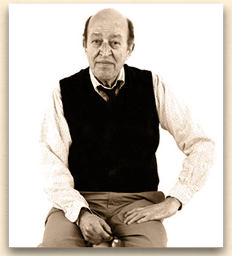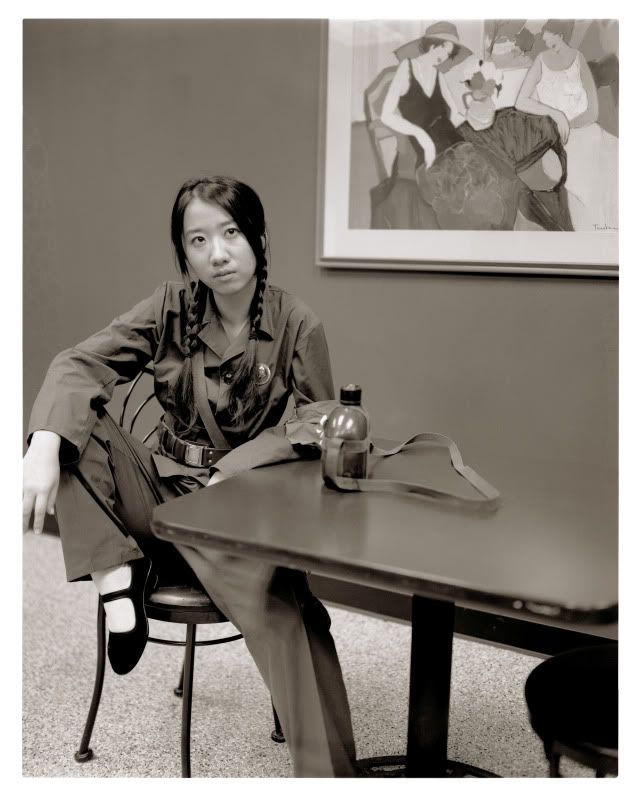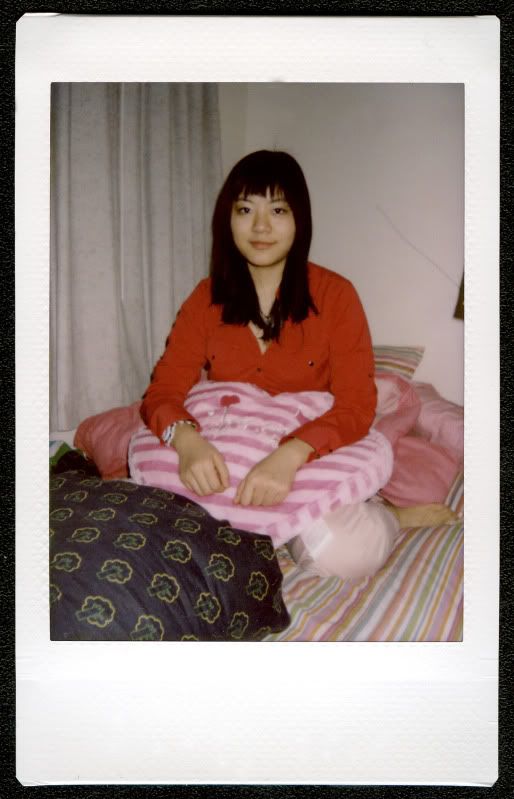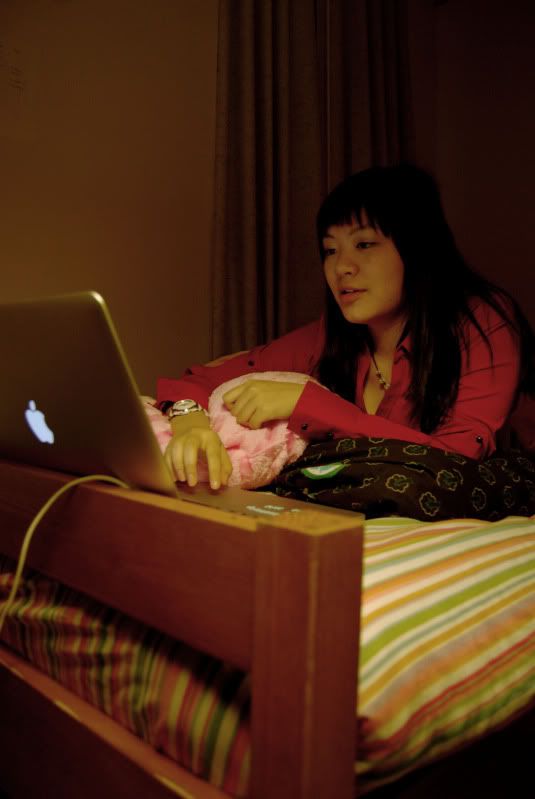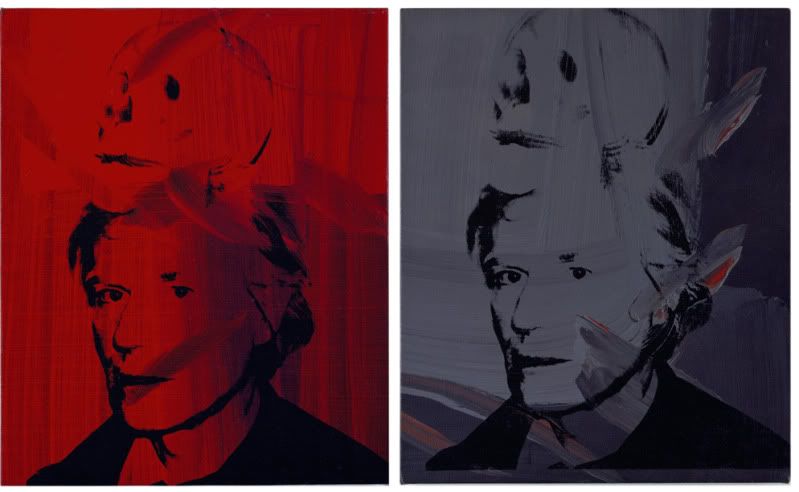by Greenberg
"... At this same party [a] friend introduced the then comparatively young art critic Clement Greenberg... Marianne seemed to be familiar with his writing and said, on shaking hands, "Oh, the fearless Mr. Greenberg."
-- Elizabeth Bishop
in Efforts of Affection: A Memoir of Marianne Moore
This is Greenberg's breakthrough essay from 1939, written for the Partisan Review when he was twenty-nine years of age and at the time more involved with literature than with painting. He came, later, to reject much of the essay -- notably the definition of kitsch which he later believed to be ill thought out (as, indeed, it is.) Later he came to identify the threat to high art as coming from middlebrow taste, which in any event aligns much more closely with the academic than kitsch ever did or could. The essay has an air and assurance of '30s Marxism, with peculiar assumptions such as that only under socialism could the taste of the masses be raised. But for all that, the essay stakes out new territory. Although the avant-garde was an accepted fact in the '30s. Greenberg was the first to define its social and historical context and cultural import. The essay also carried within it the seeds of his notion of modernism. Despite its faults and sometimes heady prose, it stands as one of the important theoretical documents of 20th century culture.
-- Terry Fenton
